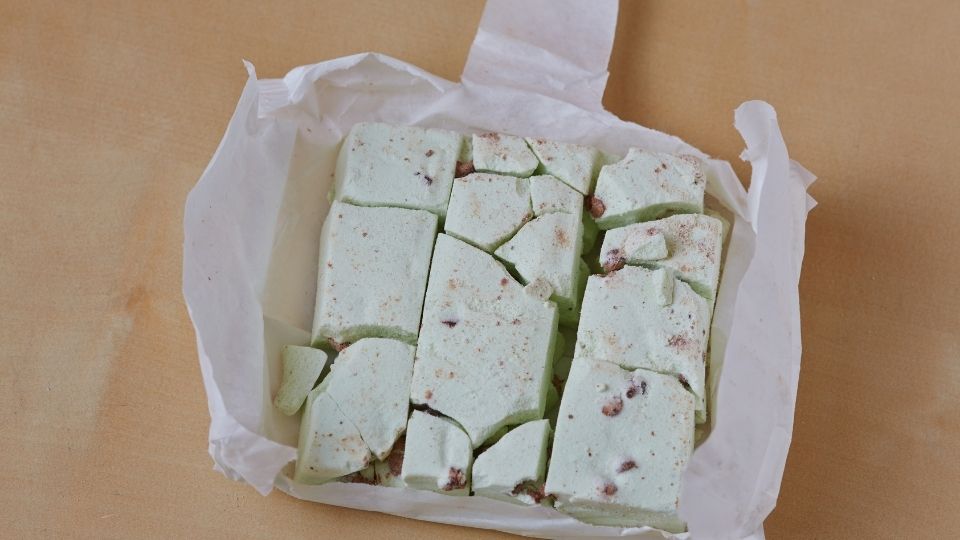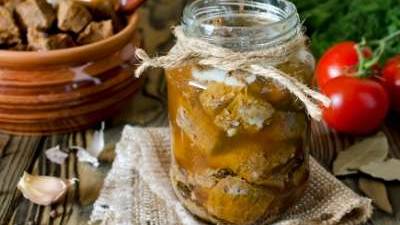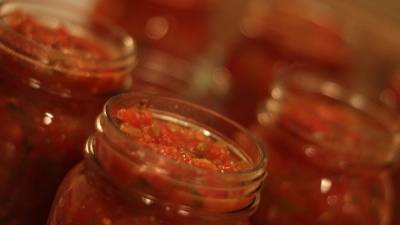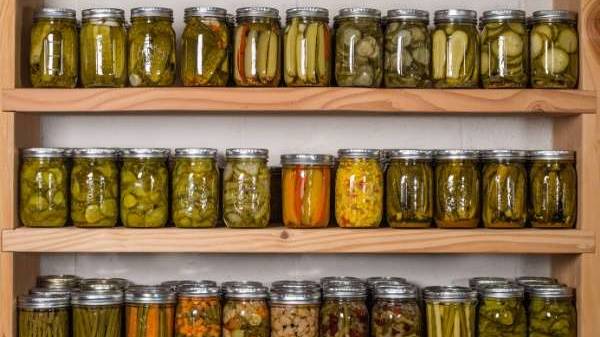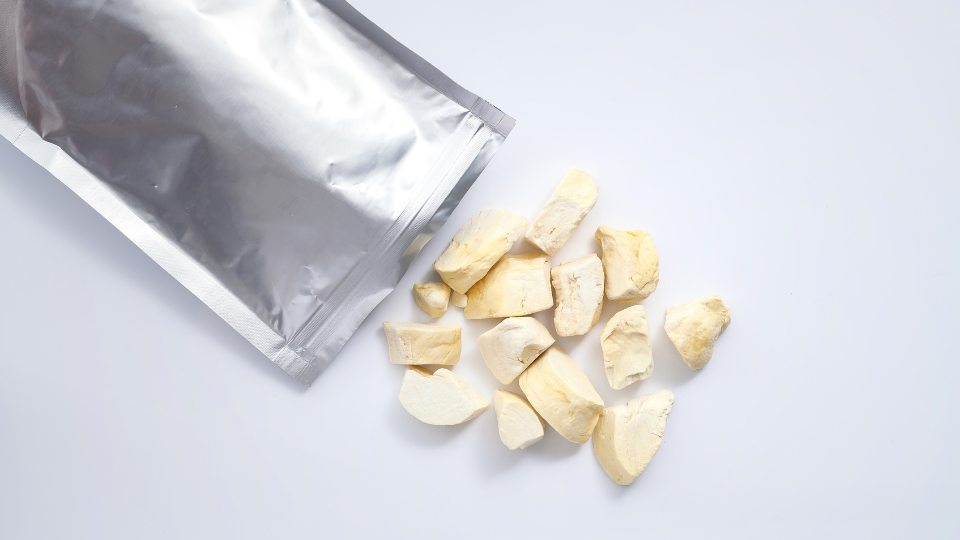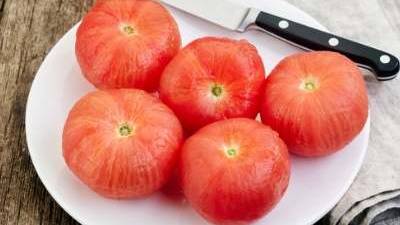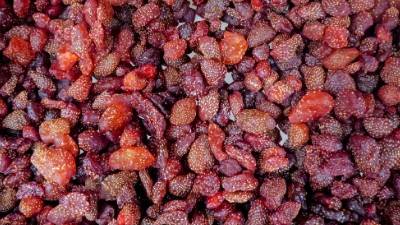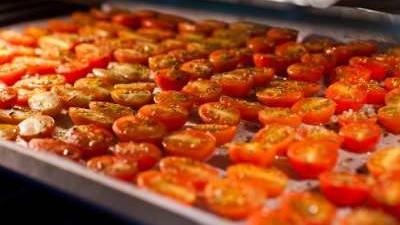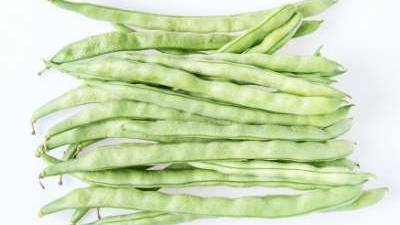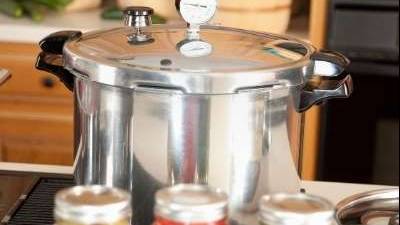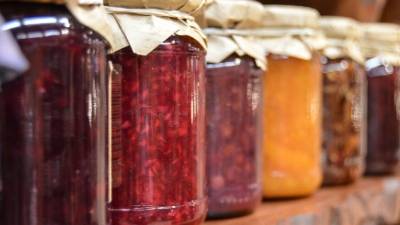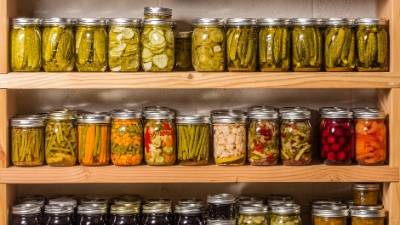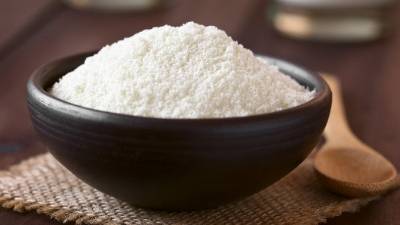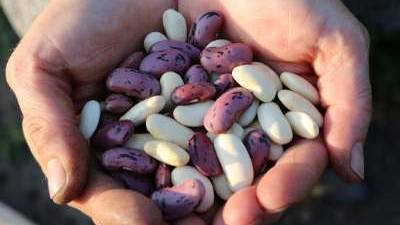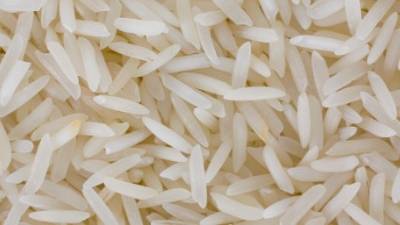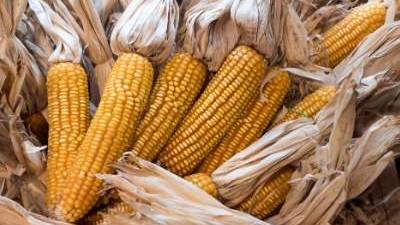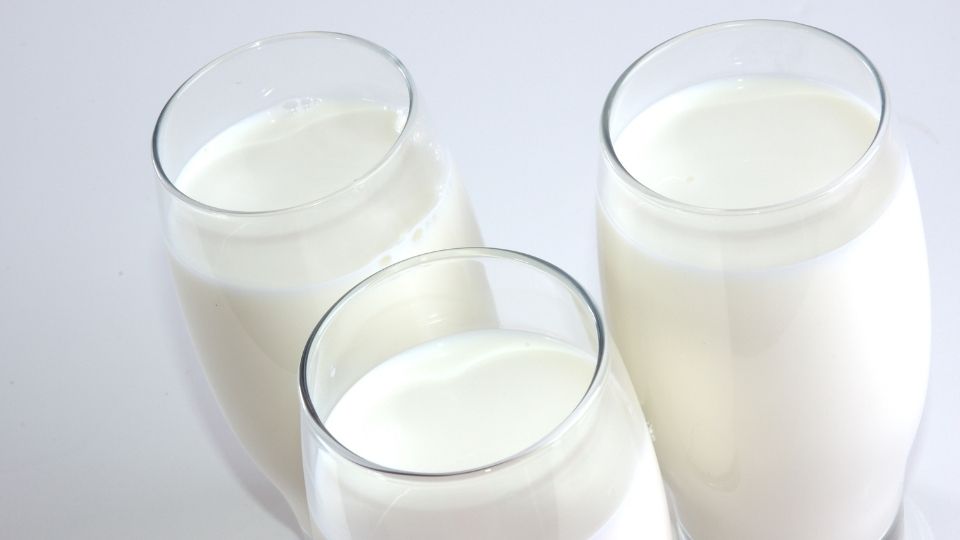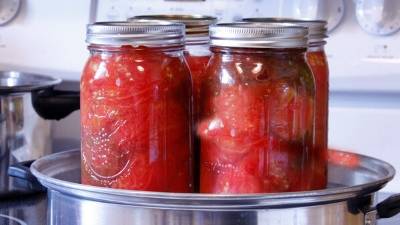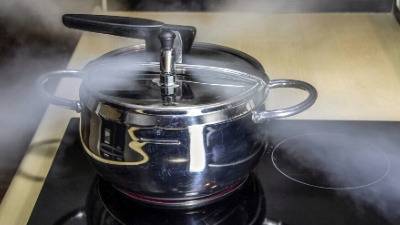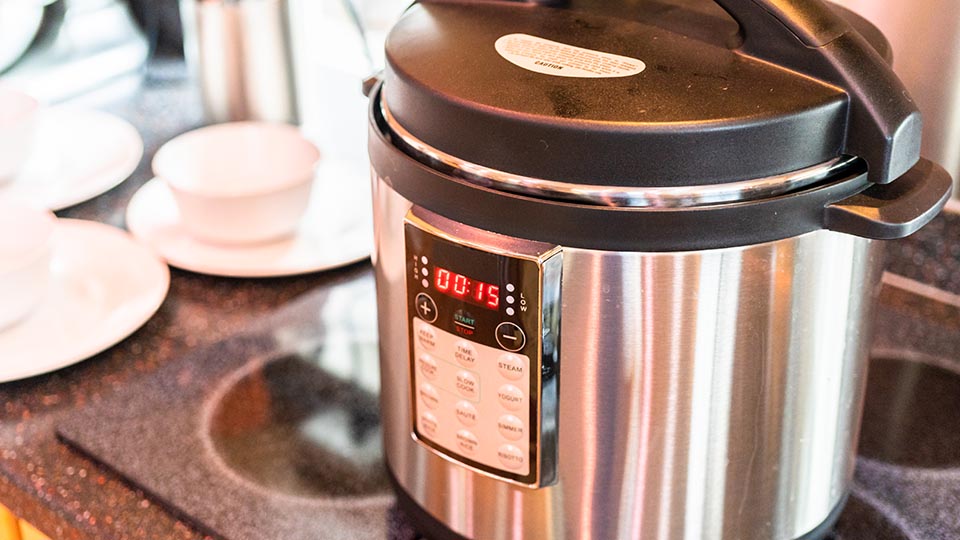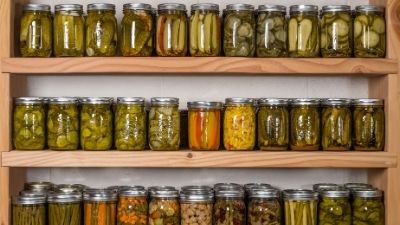Drying Meat
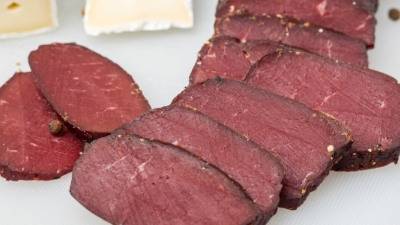
Making jerky safely requires either the use of curing salts (containing nitrite) or enough heat in an oven or dehydrator so that the heat will kill organisms before they multiply. A 23 relatively high initial oven is recommended to kill microorganisms, therefore start at 160° F. The temperature can be decreased to 140° F if desired about half way thorough the process. The final preservation of the jerky will be by limiting the water available to microorganisms. Beef, mutton, venison, elk, chicken, or turkey can be dried without pretreatments. Bear meat and pork should be frozen for a month prior to making into jerky to kill any trichinae present. Use only lean cuts such as the round or chuck or turkey breast.
Raw meat is easier to slice if partially frozen. Slice with the grain of the meat. Trim all visible fat from the meat. High fat meats can become rancid.
Meat dried in a household oven can be place on cake racks on a cookie sheet in the oven or hung directly on the oven shelves. In the latter case, covering the oven floor with foil will facilitate clean-up
Store the jerky in jars or plastic bags in a cool, dark location. If to be held for extended periods of time, refrigerate or freeze.
Method 1. Use of Commercial Curing Salts
- 1 pound lean beef or game
- 1 tablespoon commercial curing salt (ex. Morton Tender Quick mix)
- 1 teaspoon sugar
- 1/2 teaspoon black pepper
- 1/2 teaspoon garlic powder
- Trim fat from meat. Cut strips along the grain, about 1/4 inch thick, 1-1½ inches wide and up to a foot in length.
- In a small bowl, mix the curing salt and seasonings. Rub all surfaces of meat strips with cure mixture. Place strips in plastic bag and tie open end. Allow to cure in refrigerator for 1 hour. After curing, rinse strips under cold running water. Pat dry with paper towels.
- Arrange strips in a single layer on greased racks in shallow baking pan. Meat edges should not overlap. Place in oven and heat at lowest temperature (150° F) with oven door slightly open, or use a dehydrator. Dry for 24 hours. Cool.
- Place jerky in airtight jars or plastic bags. Store in a cool, dry place or freeze.
Method 2. Dry Rub Jerky
This recipe is similar to method 1 in that the seasonings are sprinkled dry onto the sliced meat. Since it does not contain any curing salts, the final color will be dark brown instead of reddish.
- Slice 5 pounds lean meat into strips 1/4 - 1/2 inch thick, 1 to 1½ inches wide and 4 to 12 inches long.
- Lay out in a single layer on a smooth clean surface (use cutting board, counter, bread board or cookie sheet). 24
- If smoke flavor is desired, brush each strip of meat with 1/2 teaspoon liquid smoke in 2 tablespoons of water. Sprinkle strips liberally with salt on both sides. Add pepper to taste and garlic salt or powder if desired. Other flavors. Instead of the garlic-smoke treatment, you may brush the strips before drying in such mixtures as teriyaki sauce, sweet and sour sauce, soy sauce, hot chili sauce, or Worcestershire sauce or combinations of these according to your choice.
- Layer strips in a plastic bag, close and refrigerate for 6-12 hours.
- Remove strips and blot dry with clean paper toweling.
- Dry in oven or dehydrator 150° F.
Method 3. Jerky Marinade
- 1½-2 lbs. lean meat
- 1/4 teaspoon each of pepper
- 1/4 cup soy sauce 1 Tbsp. Worcestershire sauce
- 1/2 teaspoon onion powder
- 1/4 teaspoon each of pepper and garlic powder 1 teaspoon hickory smoke-flavored liquid
- Combine all ingredients. Place strips of meat in a shallow pan and cover with marinade. Cover and refrigerate 1-2 hours or overnight.
- Remove strips from the marinade, drain on absorbent toweling and arrange on dehydrator trays or oven racks. Place the slices close together but do not overlap.
- Place the racks in a drying oven at 150° F. Dry until a test piece cracks but does not break when it is bent (10-24 hours). Pat off any beads of oil with paper toweling and cool.
Method 4. Teriyaki Marinade
- 2 lbs of lean meat
- 1/4 cup soy sauce
- 1 teaspoon freshly grated ginger root or 1/2 teaspoon ground ginger
- 2 teaspoons sugar
- 1 teaspoon salt
- Combine seasoning, pour over meat strips in a large bowl and mix gently.
- Cover and refrigerate for at least 2 hours or overnight.
- Dry as in Method 3 above.
Method 5. Ground Meat Jerky
| Large Batch | Small Batch | |
|---|---|---|
| Lean meat | 10 lbs | 1 lb. |
| Black pepper | 2 Tbsp. | 1/2 tsp. |
| Garlic powder | 5 tsp. | 1/2 tsp. |
| Sugar | 3 Tbsp. | 1¾ tsp. |
| Salt | 1/2 cup | 2½ tsp. |
- Chop or grind meat coarsely (once through a 3/8 inch grinder plate or equivalent) or buy lean ground meat.
- Mix well with seasonings. It is important to distribute the seasonings uniformly; therefore, a household mixer is recommended.
- Optional: Chop or grind meat finely (once through a 1/8 inch grinder plate or equivalent).
- lace meat mixture on a sheet of waxed paper on a cookie sheet. Cover with another piece of waxed paper and flatten with a rolling pin. Rolled meat should be 1/8-1/4 inch thick.
- Dry uncovered on cookie sheet in an oven or directly on rack in a food dehydrator at 150° F. When top of meat is almost dry, remove from cookie sheet and invert directly onto rack. Remove wax paper which had been on the bottom. If desired, mix 1 Tbsp. of liquid smoke with 1/4 cup water and brush this mixture over the meat at this stage. Continue drying.
- After drying (6-12 hours) slice in strips of desired size. Jerky made with this recipe will be brown. For red color, use a commercial curing salt (ex. Morton Tender-Quick salt) in place of regular salt.
Method 6. Deli Meat Jerky
Although jerky is traditionally made from raw meat, it can be made with much less effort using today's grocery store resources.
- Chose lean, cured meat such as pastrami, corned beef, or ham. Sausages are high in fat and therefore not a good choice for drying. Have the meat sliced about 1/4 inch thick. Trim off any fat on edge of meat.
- Spread the slices of meat over clean oven shelves close but not overlapping. The strips will need to dry from 8-12 hours depending on their thickness. The final product should be tough and leather-like. Blot any fat away while the meat is still warm.
Authors
Charlotte P. Brennand, Extension Food Science Specialist
Related Research



